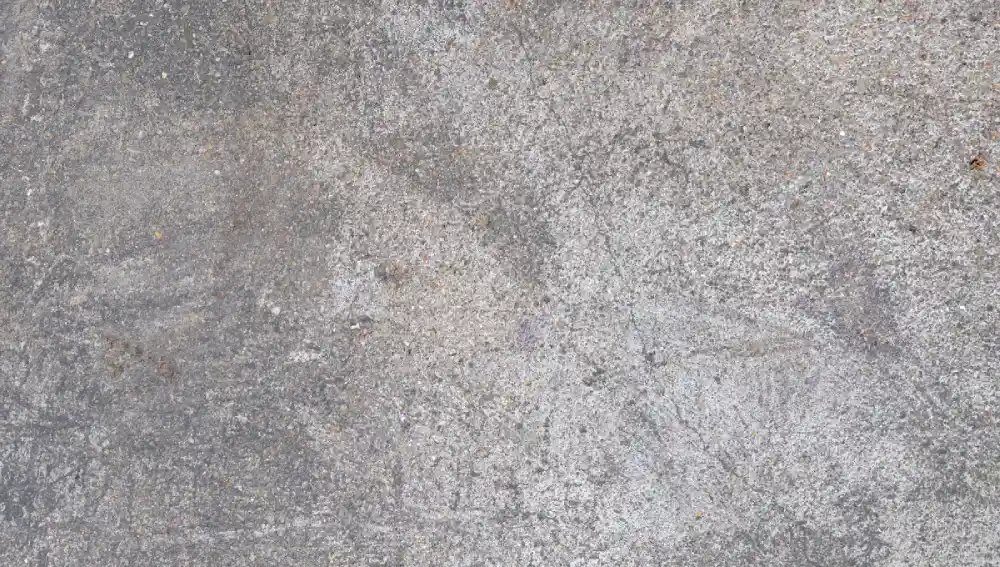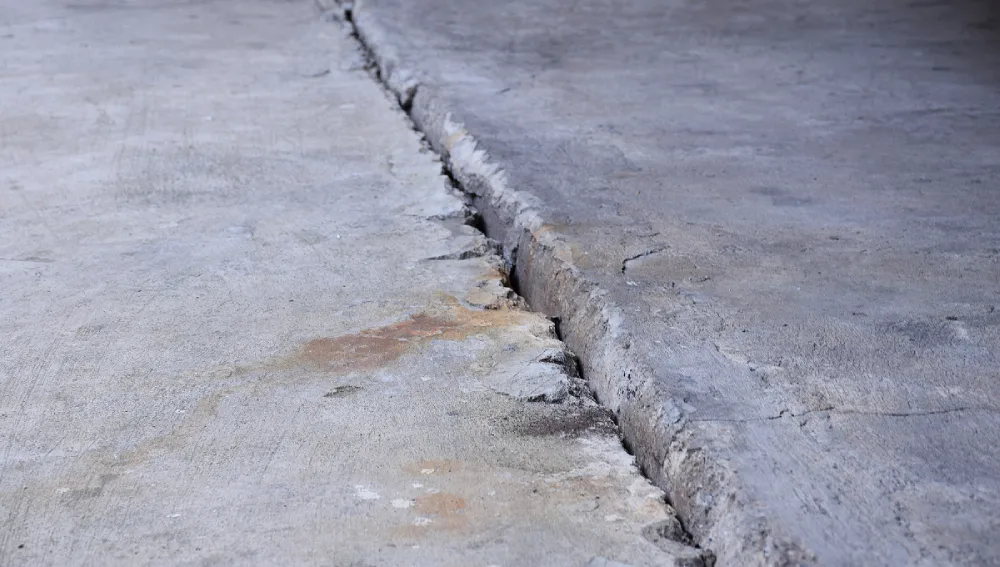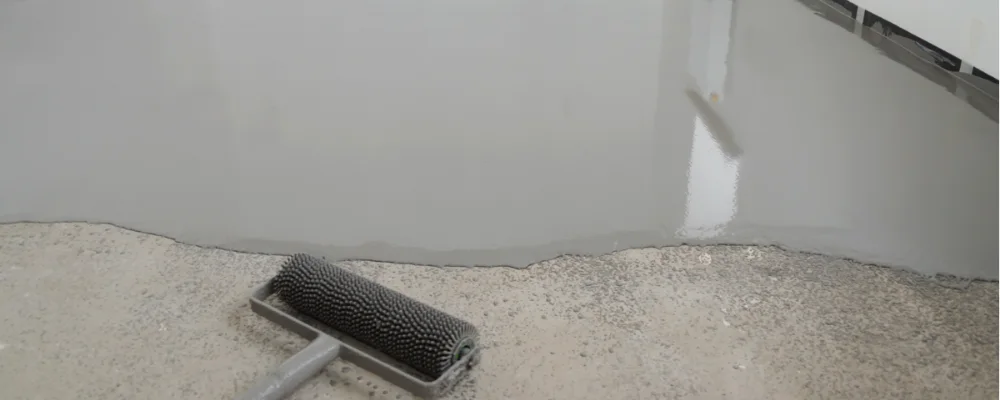Introduction
Cement concrete flooring is one of the most popular types of flooring used in both residences and commercial complexes. Concrete flooring is long-wearing, long-lasting, and looks great. But before we move forward it is essential to understand exactly what ‘cement concrete flooring’ is and how it is produced.
Let’s explore a step-by-step process, along with certain technical details to understand this essential process of construction.
What is Cement Flooring Concrete?

Cement concrete flooring is created in the form of a mix of cement, sand, water, and aggregate gravel laid on a prepared base for flooring. This gives a solid framework that is a hard, stable, and smooth surface that can able to bear very heavy loads,. It has proven to deliver excellent service for many years. It can also be used in basements, garages, outdoor patios, and other areas such as warehouses.
Materials of Cement Concrete Flooring
The major materials usually used in cement concrete flooring include:
- Cement: OPC—Ordinary Portland Cement acts as the cementing material while the following are the components that make up the mix.
- Sand or fine aggregate: This helps to fill the space between the cement and the gravel and gives the face of the concrete smooth surface.
- Gravel – This component contributes to compounding concrete strength.
- Water: Water activates the cement and helps it form a bond with the sand and gravel.
- Admixtures: Chemical ingredients that are optional and added in to positively influence the properties of the concrete, such as setting time and strength.
Process in Cement Concrete Flooring
The cement concrete flooring process consists of several operations that create a durable and leveled finish, which is completed in steps.
1. Sub-Base Preparation
Before laying the concrete, the ground must be prepared.
This involves:
- Leveling: The ground must be compacted to achieve a smooth, level surface using a roller or tamper.
- Compacting: The nature of the soil is compacted to minimise the chances of the floor sinking abnormally in the future.
- Damp-Proof Course: A protective layer is installed to prevent moisture from rising into the concrete, which can be detrimental.
2. Placing the Base Concrete
The base concrete is the first concrete laid down. Let’s take a look aton how it’s done:
- Mixing the Concrete: The cement, sand, gravel, and water are also blended in a specific proportion.
- Concrete Laying: The mixed concrete is then placed on the prepared sub-base.
- Leveling: The poured concrete is leveled in a manner where it is as flat as possible using a straight edge, also known as a screed.
- Compacting: Compaction is normally done using a mechanical vibrator, which helps to drive out the air bubbles in the concrete, thus compacting it.
3. Laying the Finishing Layer
The finishing layer of concrete gives the floor a smooth, polished look. This layer is usually thinner than the base layer and follows these steps:
- Mixing the Finishing Concrete: A finer mix of concrete is prepared.
- Pouring and Spreading: The concrete finishing is poured on the base and spread properly with a trowel.
- Floating: After placing, the concrete is floated with a wood or a magnesium float to level it and to bring a layer of cement paste to the surface.
- Troweling: The surface is troweled further with a steel trowel to bring about shine to the finish.
4. Concrete Curing
Curing is a very important process that is required to maintain a moist condition in concrete for several successive days, allowing adequate hardening. This can be done by:
- Wet Burlap Cover: Wet burlap or cloth is placed on the concrete, with the burlap being kept wet.
- Water Sprinkling: Water is sprinkled on the concrete surface several times a day.
- By applying Curing Compounds: A chemical curing compound can be sprayed on the surface to keep it moist.
- Curing commonly varies by roughly 7-10 days.
5. Final Finishing
Any final finishing touches to the surface can be done once the concrete has completely cured:
- Polishing: The surface can be polished to attain a glossy finish.
- Application of Sealants: Sealers may be used on concrete to prevent stains and wear.
Pros and Cons of Cement Concrete Flooring

Cement concrete flooring, like any construction material, has its advantages and disadvantages.
Advantages:
- Durability: Concrete floors are indeed very strong and, if properly maintained, can work well over many years.
- Versatility: They can be customizsed with any colour, texture, or finish.
- Ease in Maintenance: Concrete flooring requires minimal effort for cleaning.
Disadvantages:
- Hardness: While this gives concrete durability, it can also make it uncomfortable to stand on for a longer period.
- Cold Surface: Concrete flooring can be cold, especially in winter, unless radiant heating is used.
- Susceptibility to Crack: Concrete floors, when laid or treated improperly, are most likely to develop cracks over time.
Common applications of cement concrete flooring
Cement concrete flooring can be done in a variety of settings, such as:
- Residential Houses: Basements, patios, and garages.
- Commercial Spaces: Warehouses, factories, and retail stores.
- Outdoor Areas: Sidewalks, driveways, and parking lots.
Conclusion:
Cement concrete is a highly competitive, versatile product fit for both residential and commercial buildings as flooring. Knowing the materials, process, and stages, one appreciates the skill and precision for a quality finish of a concrete floor that should last for a long time, maybe even a lifetime. Each stage is extremely important for successful flooring: preparation of a good base, careful mixing and pouring of concrete, or applying the final touches.
FAQs
The main component of concrete flooring is cement, which acts as the binding agent that also holds together sand and gravel.
A concrete floor typically takes 24-48 hours to set enough for walking and around 28 days to fully cure and reach maximum strength. Proper curing during this time is essential for durability.
Because of its durability, it can support heavy weights and requires less maintenance, so concrete floors are often used in warehouses.

